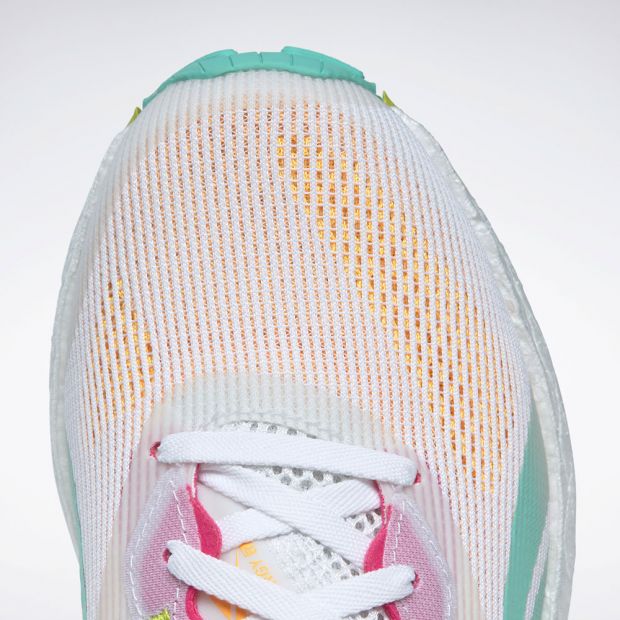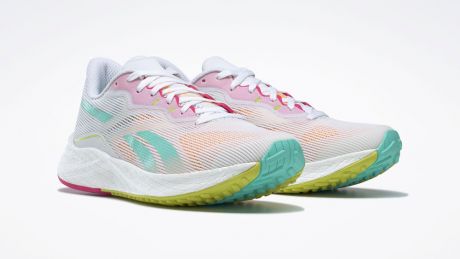For
- Great value
- Comfortable midsole foam
- Fairly versatile
Against
- A little hefty for fast running
You can trust Coach
When the price of the best running shoes reaches comfortably into three figures, it’s no surprise that when runners find a bargain they shout from the rooftops about it – and a lot of runners have been making a lot of noise about the £75 Floatride Energy 3. After having a chance to test it, I’m joining the chorus. It’s just as good, if not better, than many shoes that cost twice as much. It’s not perfect, but it is excellent value and more than gets the job done.
I’ve been using the Floatride Energy 3 during marathon training and have logged around 75km in it, mostly easy running during high-mileage weeks. It’s a comfortable shoe that’s great for base training runs, with the Floatride foam in the midsole providing a protective but not excessively soft ride. It’s firm and responsive enough if you do want to up the pace, while still protecting your legs on long, slow runs.
It wouldn’t be my first choice for faster runs and I would use it in tandem with a lighter, livelier shoe for speed and tempo work, as well as races. The Floatride Energy 3 doesn’t feel heavy to run in, but it is quite a big shoe and doesn’t roll through especially smoothly or snappily when running fast. It can work as an all-rounder, but its strengths are better suited to easy runs.
Those easy runs can be of any length, though. I found it comfortable to use up to around 22km and would have no concerns about slipping it on for much longer runs too.
The outsole of the shoe is another strong point. It has shallow, pill-shaped lugs on the front half of the shoe, and I found these gripped reliably on light forest trails and canal towpaths as well as on the road.
A shortage of samples meant that the Floatride Energy 3 I tested was half a size down on what I normally wear, but this turned out to be a stroke of luck because it fitted perfectly. The shoe has a roomy toe box, so going half a size down may be advisable.

The Floatride Energy 3 has very little to complain about when you consider its price. It performed just as well as some much pricier shoes like the Brooks Ghost 14 or Saucony Ride 14. There are certainly more versatile daily trainers that I prefer, and if you’re happy to spend around £120 you can take your pick of the Hoka One One Mach 4 and New Balance FuelCell Rebel v2, which are both lighter and faster but still very comfortable.
However, the main competition to the Floatride Energy 3 comes from Puma, which has two shoes worth considering in the budget running shoes bracket. The Liberate Nitro (£90) is a lightweight, speedy shoe that is a lot of fun to run in, but I found it lacked the cushioning for base runs over an hour.
The Velocity Nitro (£100) is a fantastic shoe and is often found at a reduced price, even coming in under £50 in some sales. The Velocity is a cushioned, comfortable shoe that I found still has enough pop in the midsole for faster runs. It’s one of my favourite new shoes of 2021, so the fact it’s a relative bargain is the icing on the cake.
I prefer the Velocity Nitro and would pay the extra £25 for it if both it and the Floatride Energy 3 were only available at RRP. However, your mind may well be made up by the best deal available when you’re ready to buy. Then perhaps you can put the money you’ve saved towards a ridiculously expensive carbon plate racer to pair with it.

Nick Harris-Fry is a journalist who has been covering health and fitness since 2015. Nick is an avid runner, covering 70-110km a week, which gives him ample opportunity to test a wide range of running shoes and running gear. He is also the chief tester for fitness trackers and running watches, treadmills and exercise bikes, and workout headphones.

